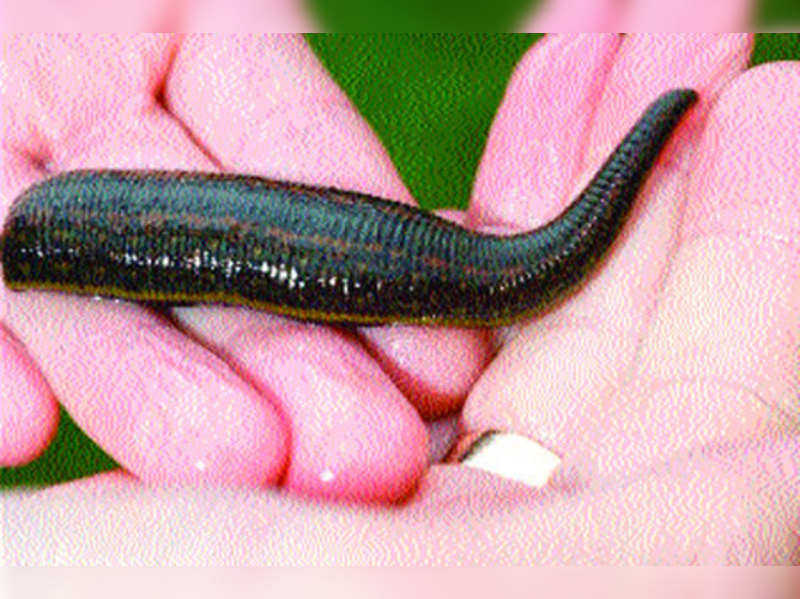

#LEACH OR LEECH HOW TO#
The engineer will use the results of the percolation test and the layout of the various components of your property to recommend the type of system to use and how to install it. On the other hand, if it takes more than an hour for the water to settle, the effluent is not infiltrating fast enough and this can lead to backflow problems. If the water sinks one inch in less than 5 minutes in the hole, it is an indicator that the effluent will seep out too quickly to be properly treated. A good soil should not have a percolation rate that is too high or too low. For example, the percolation rate in sandy soils may be 3 minutes while the percolation rate in clay soils may be 48 minutes. Sandy soils have a fast percolation rate while clay soils have a slow percolation rate. The percolation rate measures the time it will take for water to percolate down 1 inch in a hole that has had water poured into it so that it is completely saturated. But first and foremost, you will need to perform a percolation test and a thorough evaluation by an engineer. This is why only properly licensed contractors can carry out such a project.

It is therefore important to avoid structural problems in the first place by ensuring that it is properly constructed. The leaching bed plays a crucial role in the wastewater treatment system and if it fails to function properly, the entire system will be affected. Learn how to unclog your leach field in this article! How is a leach field made? This natural purification principle prevents groundwater contamination. This final filtration step involves bacteria and other microbes that further treat the wastewater before it reaches the water table. The wastewater then enters the leaching bed, flows through the crushed stones, and infiltrates into the receiving soil. However, a pumping station can also be used to allow the wastewater to reach the leaching bed when conditions do not allow for the simple use of gravity. Wastewater generally flows from the septic tank to the leaching bed by gravity. This section of the septic system consists of a network of perforated PVC drain pipes, crushed stone and a layer of unsaturated soil. The leach field, also referred to as a drain field, receives the wastewater from the septic tank.


 0 kommentar(er)
0 kommentar(er)
